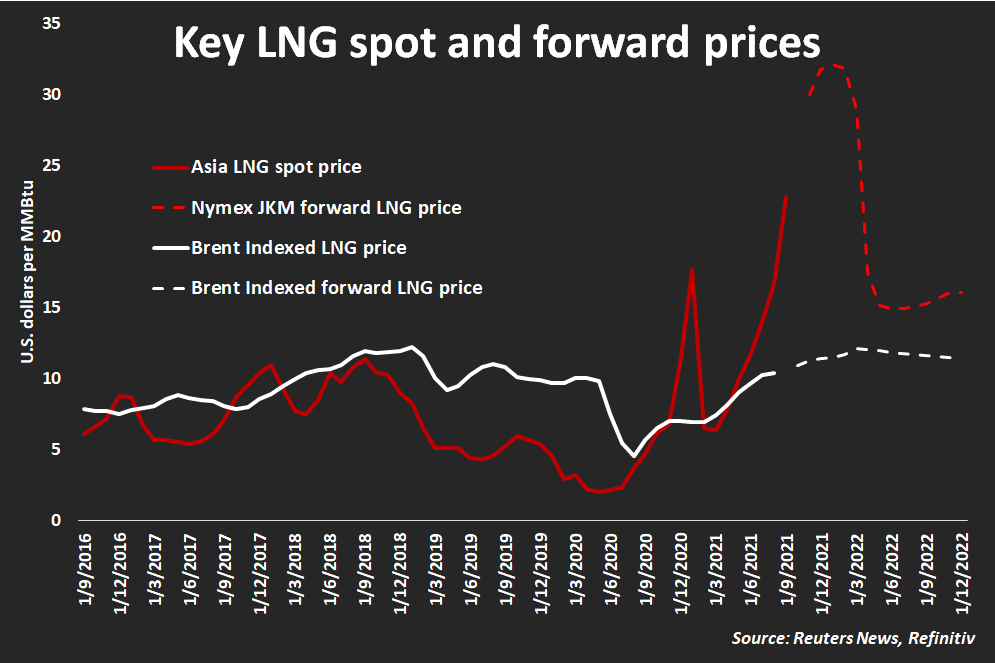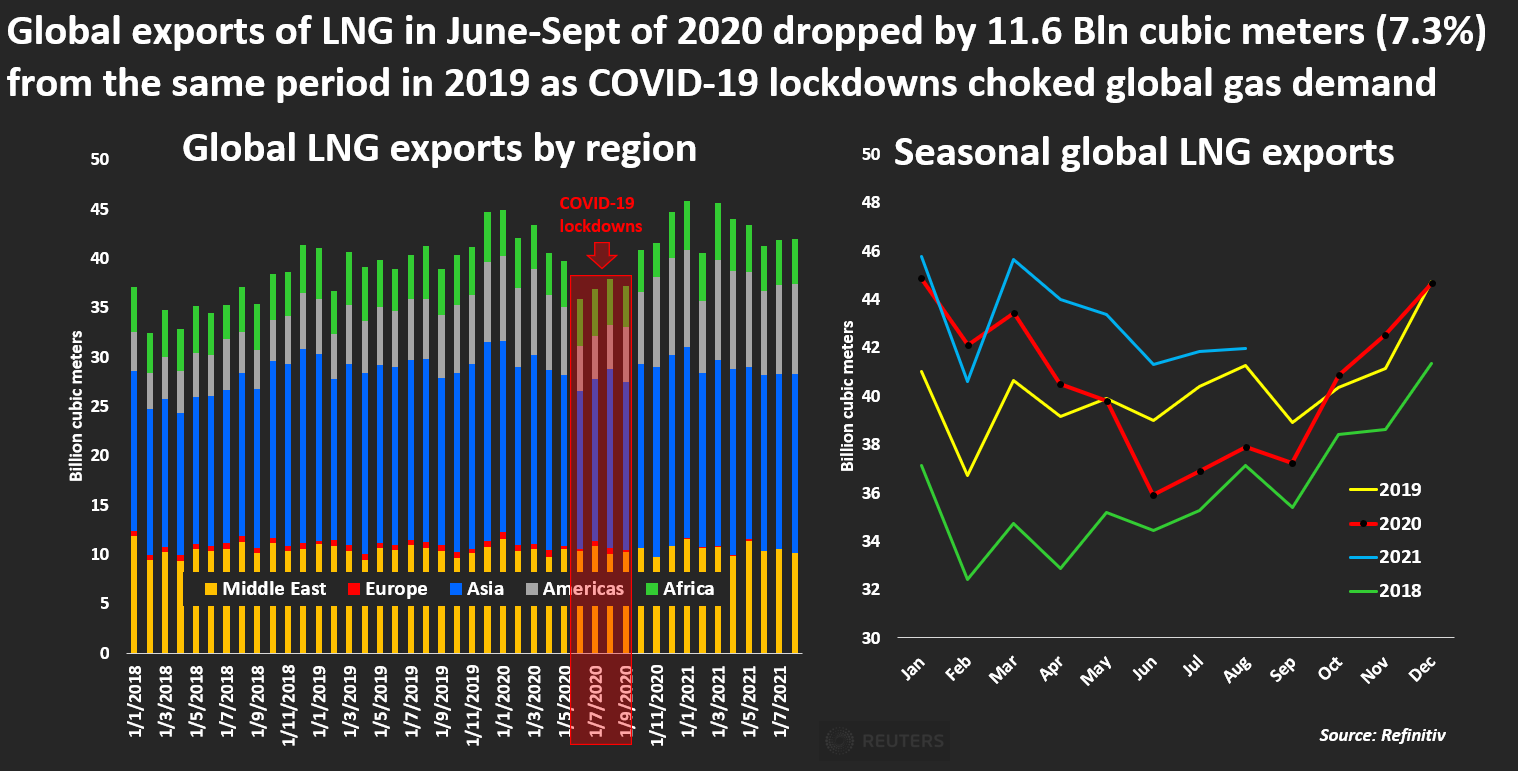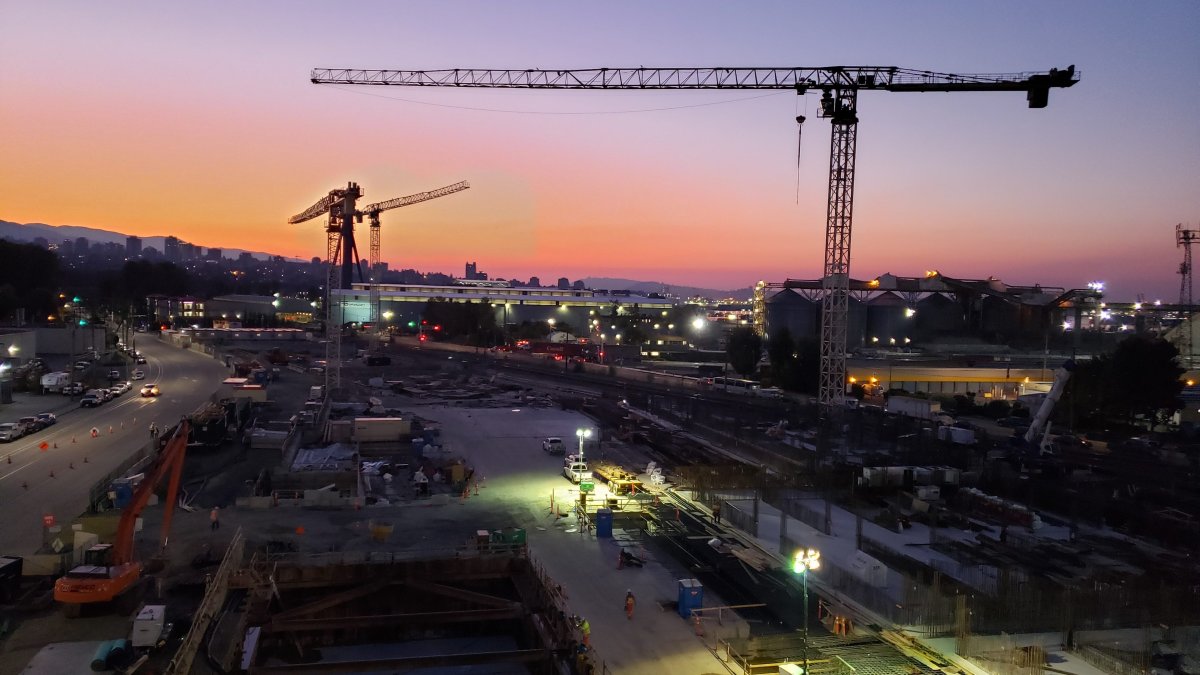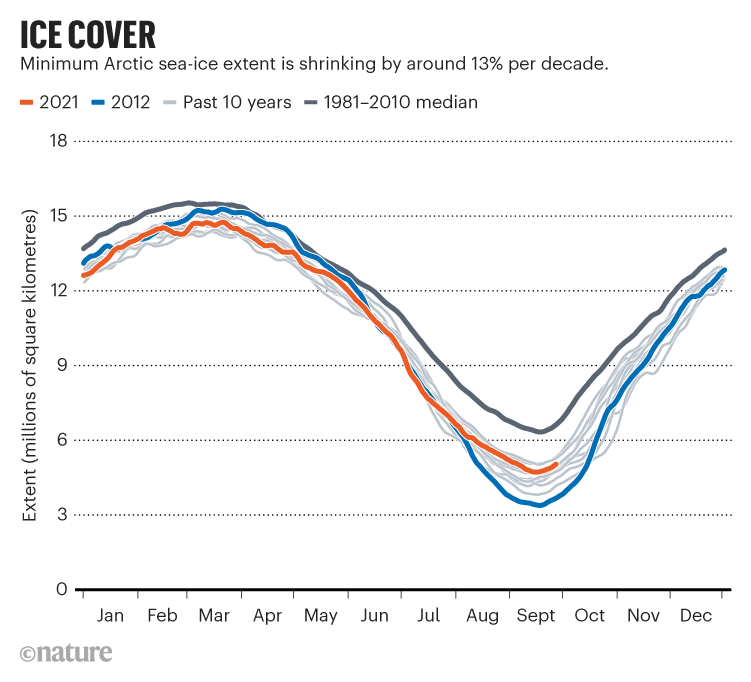By David Lao Global News
Posted October 3, 2021
Sask. Health Authority top doctor does not see end in ‘near future’ to climbing COVID-19 hospitalizations
As Saskatchewan’s rates of COVID-19 cases and deaths continue to hit record-breaking numbers, the chief medical officer of the province’s health authority says that she doesn’t see an end to their health-care crisis coming “in the near future.”

The comments from Saskatchewan Health Authority Chief Medical Officer Dr. Susan Shaw, who spoke with The West Block’s Mercedes Stephenson, come just days after the province’s health minister expressed hesitancy at describing their health-care situation as a crisis or emergency, despite the province seeing a per capita rate of new COVID-19 cases three times the national average and a death rate of four times the national average.
READ MORE: Saskatchewan’s proof of vaccination, negative test result policy now in effect
“The word crisis can mean different things to different people, but it’s certainly an extreme, challenging time. I’m hearing this directly from the doctors, sometimes indirectly from the doctors,” said Health Minister Paul Merriman on Wednesday after being asked whether there was a crisis
In response to whether there was an emergency in the province, Shaw laid it out plainly: “I do think we’re in a crisis.”
Shaw pointed to the province’s ICUs surging beyond usual capacity, forcing adults to be admitted to pediatric intensive care units usually reserved for children, as well as the suspension of hundreds of surgeries and procedures and the province’s organ donor program.
“We’re doing everything we can to make sure that people get the best care they can, regardless of what type of illness they have. But it is a real struggle,” said Shaw.
“We’ve been facing increased numbers for weeks now and I don’t see an end coming in the near future.”
Health officials in Saskatchewan tallied another 480 new cases of COVID-19 on Saturday, as well as another eight people who have died after contracting the virus.
A total of 239 patients are in-hospital receiving care while another 67 are in ICUs.
On Friday, a new proof-of-vaccination or negative test result policy went into effect across Saskatchewan, requiring residents to provide either of those in order to access several businesses or locations in the province.
On whether the new proof of vaccination policy had come too little, too late, Shaw expressed optimism in its implementation but added that it left room for it to still be expanded.
When asked about what needs to be done next by the province, Shaw pointed to a set of recommendations sent by her and other medical officers to the province’s chief medical health officer and elected officials.
“I think the situation has changed significantly since then because we’re seeing even more daily numbers, which are people with infections presenting for care,” said Shaw, who urged the government to consider reducing the size of indoor gatherings.
“I think we need to go even further and making sure that vaccines are accepted and necessary to go into as many places as possible. And I do think that there’s an opportunity here to slow things down so that the system can at least plateau and then hopefully get into recovery mode.”
















